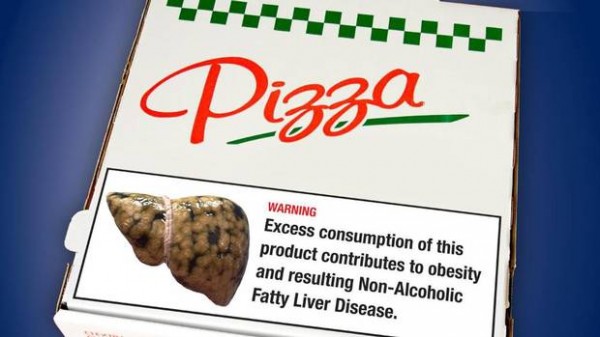There's nothing more scary than having a picture of a massive damaged liver on the front of my pizza box, and that's exactly the reaction that the Ontario Medical Association is trying to get with their recent strategy in combating obesity.
The association is hoping to springboard off of the success of a similar anti-tobacco campaign, and I must say that their heart is in the right place but I feel that this specific move may not be as successful as the anti-smoking pictures.

Fundamentally, the number of youth smoking cigarettes has indeed decreased according to Stats Canada but this may go beyond the simple nature of providing graphic pictures of the side effects from cigarette smoke. There has been a societal shift in the attitude of smoking and raised awareness of the damage from second hand smoke- in other words, one's choice to smoke will affect those who choose not to.

With food, this may not necessarily be the case. If someone to the left of me is drinking a cola beverage, will I through some miraculous act of diffusion become hyperglycemic? Furthermore, no one is prepared to ask an individual to 'eat their pizza outside' and I doubt we'll ever see a 'no pop-can' sign on airplanes. I'm interested to see how this will play out in a few years, but as someone studying the physiology of appetite, obesity and energy expenditure, I suspect that the biological affinity towards eating calorically dense and rewarding foods combined with the lack of a social stigma towards eating will result in very little change from this move alone. Additionally, as a scientist I'm constantly forced to provide evidence and substantial proof before I even consider using words like 'significantly' or 'cause'. On the chocolate milk warning, it reads,
"Liquid calories are a significant cause of obesity and related illness."
WHOA!
Sure, there have been some correlation studies that show this, but correlation does not imply causation. In fact, there is no strong, controlled and isocaloric data to support this. As complex as obesity is, it generally boils down to an imbalance between caloric intake and expenditure. Perhaps we should be putting similar labels on automobiles and escalators?
What do you think?







